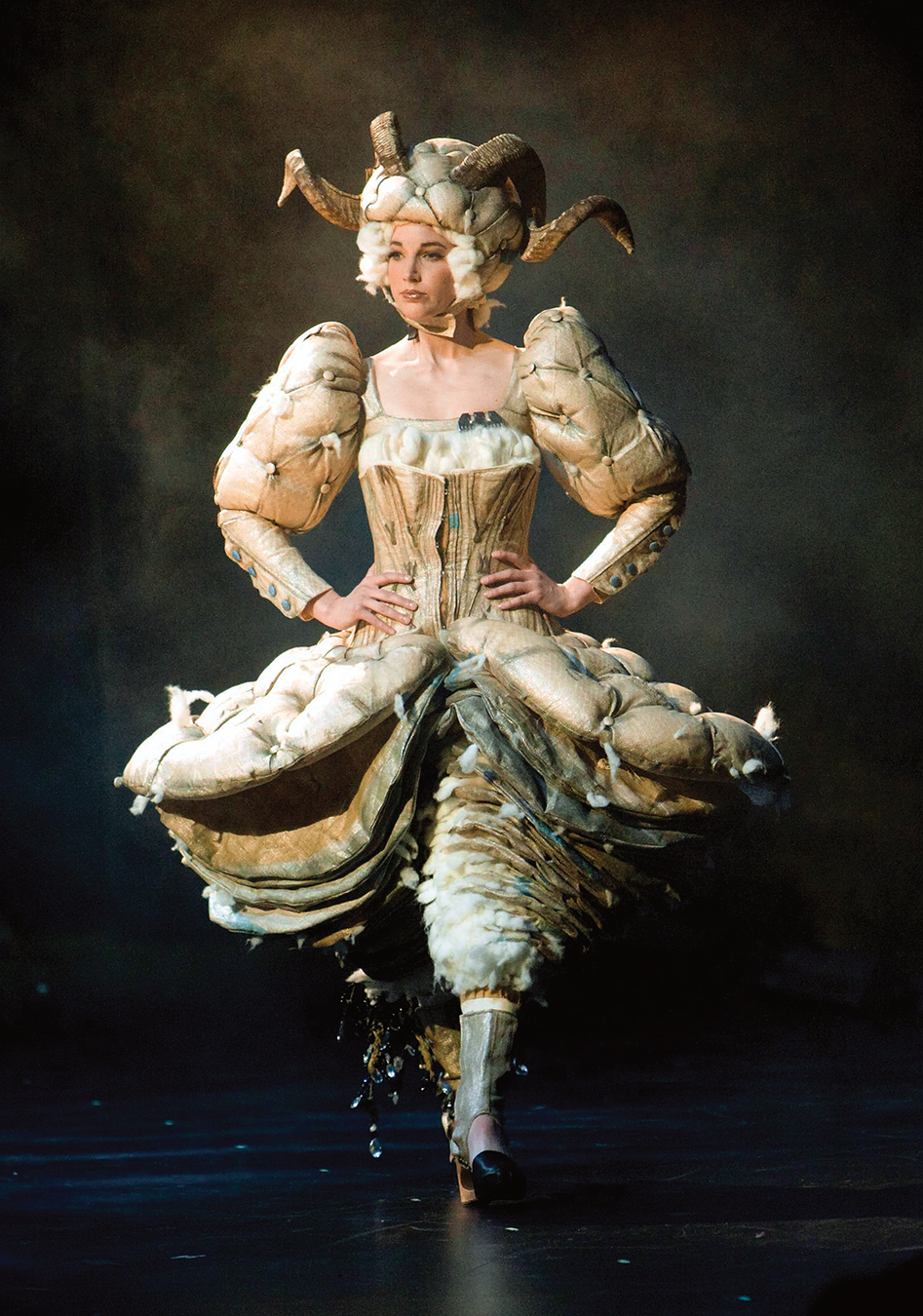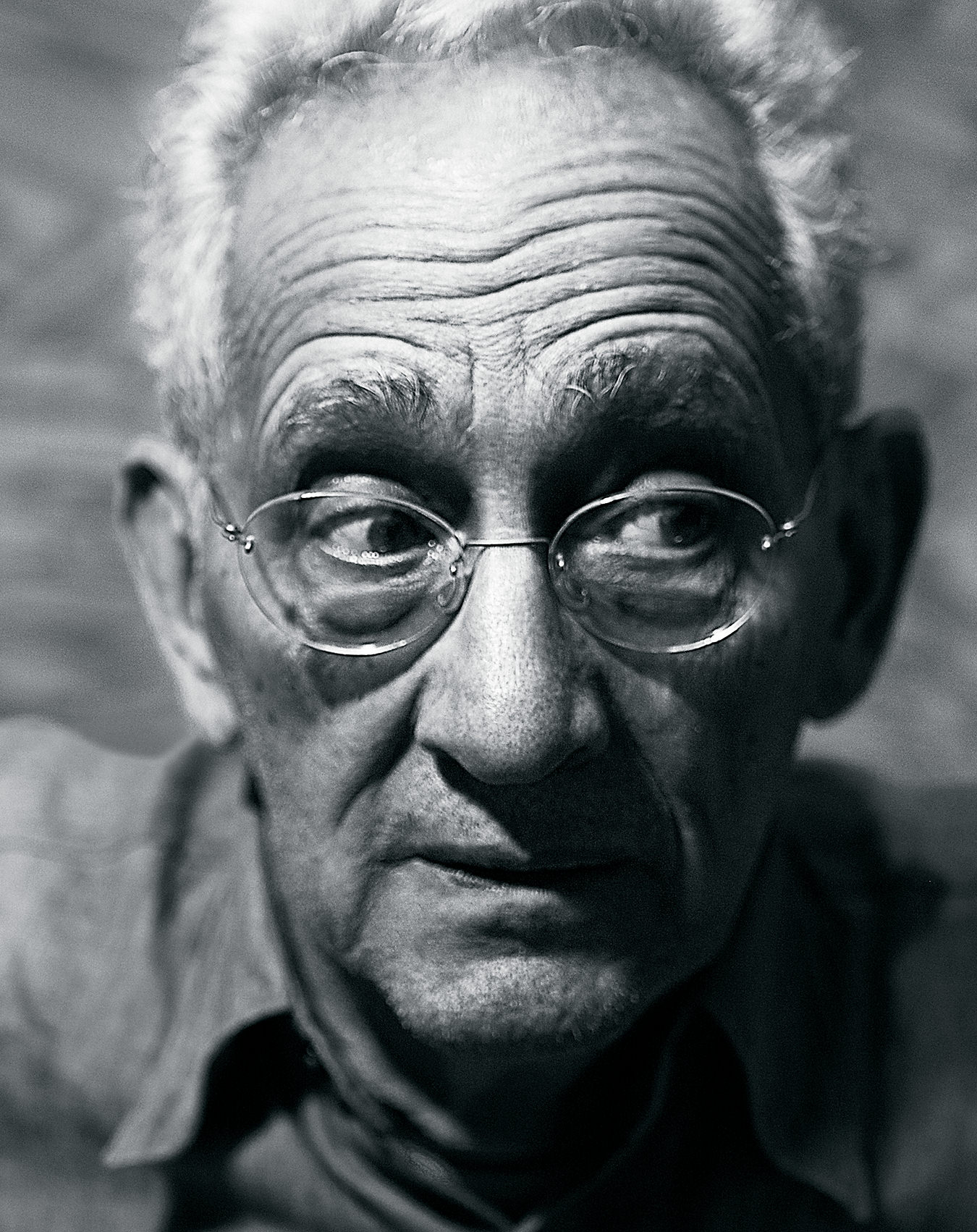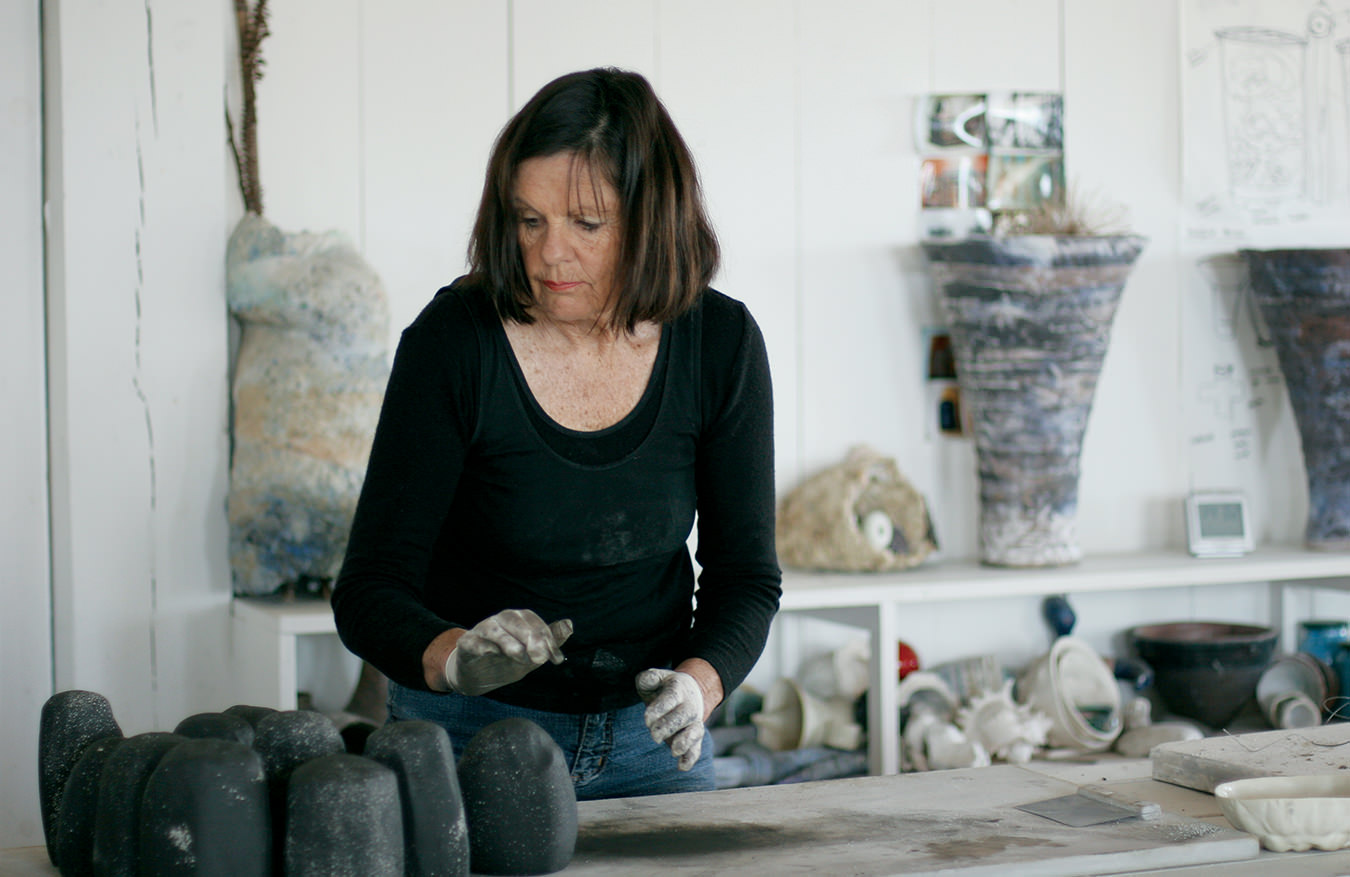Rome’s Contemporary Cluster Is Redefining the Art Gallery
A gallery non-gallery whose aim is to communicate the contemporary.
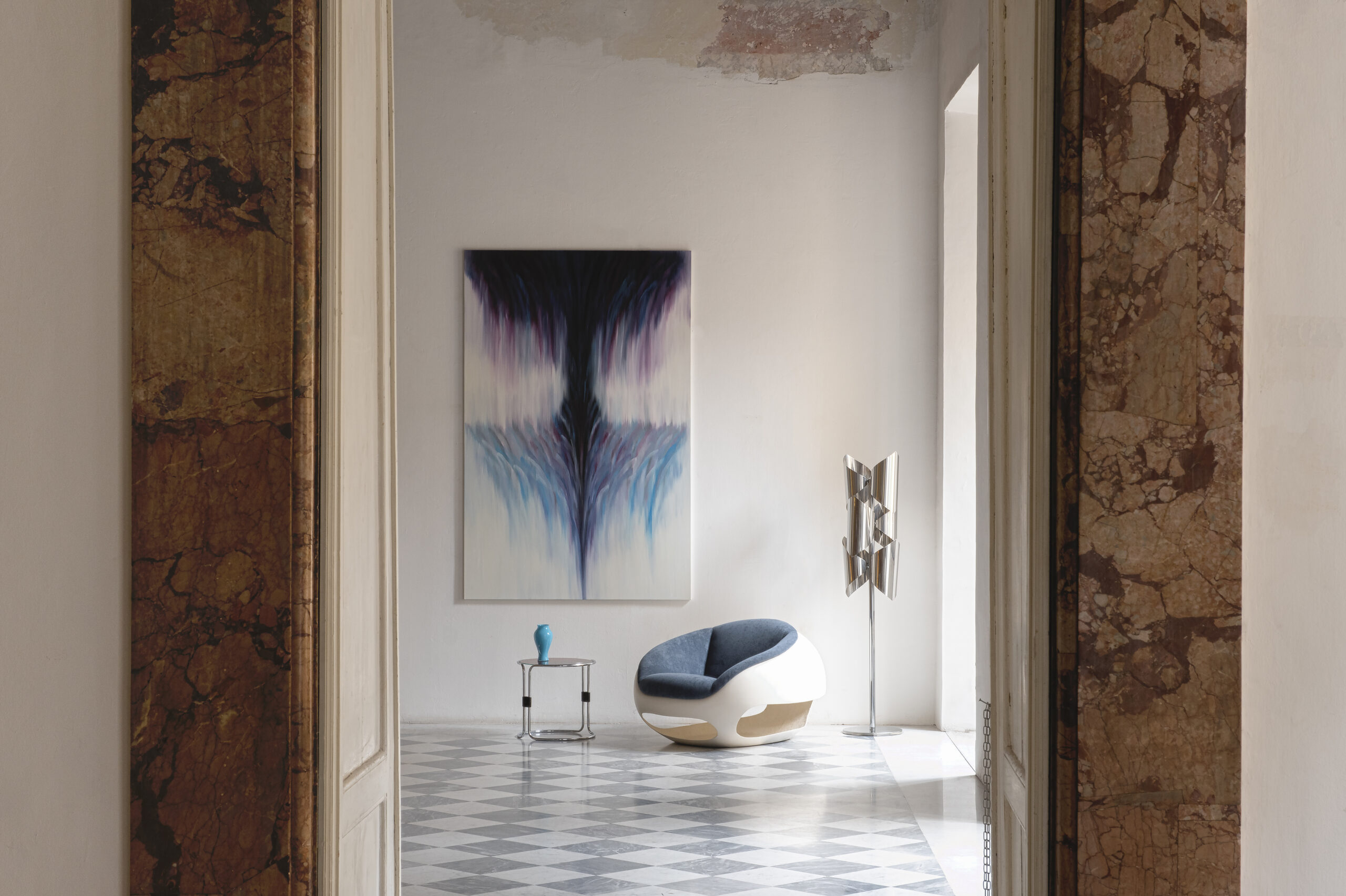
Armchair Pod by Mario Sabot 60s, floor lamp by Gaetano Sciolari 70s, coffee table by Carni Mobili for Contemporary Cluster. On the wall a painting by Federika Fumarola.
Giacomo Guidi has been around the art block. The 38-year-old Roman gallerist is the co-founder, along with his partner and architect Giorgia Cerulli, of Contemporary Cluster, an art and design space housed in Palazzo Cavallerini Lazzaroni. “Contemporary Cluster was born with the desire to change the concept of the gallery,” Guidi says. It’s a place where “contemporary art works simultaneously with contemporary design and historical design, and all relates to the world of sound and visual in a single dialogue, a single expressive dynamic that communicates the contemporary.”
Contemporary Cluster is a multifaceted space that changes continually. “People have to get stimuli, they have to get impulses and ask questions,” Guidi asserts. No matter the talent Guidi works with, be it street artist Leonardo Crudi, industrial designer Luca De Bona, or photographer Massimiliano Tuveri, the starting point is “to think about the elements that represent the concept as if it were a cube of which six, 12, 24 faces of contemporary are represented, all rotating around the same nucleus.”
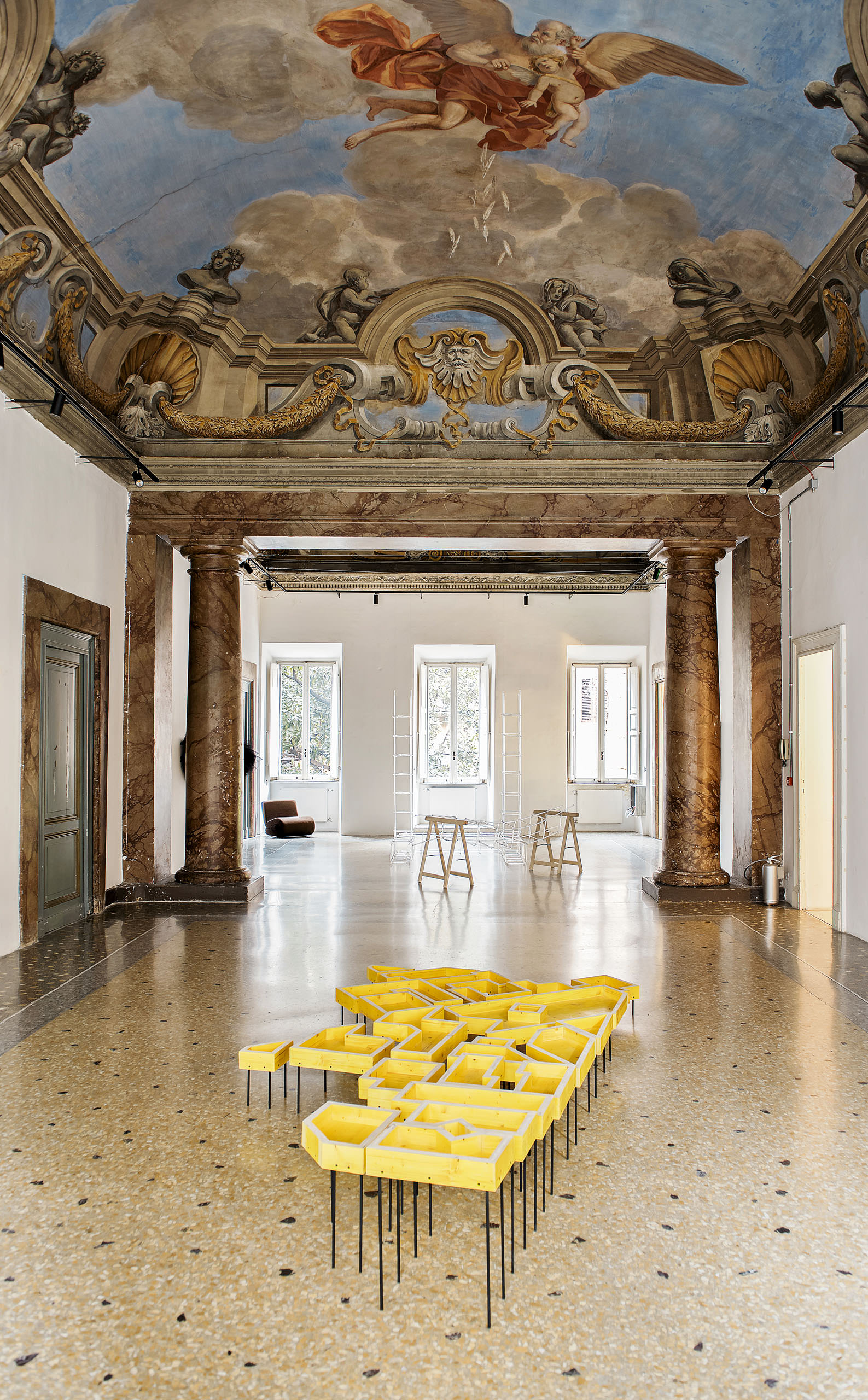
Main hall fresco, in the foreground Fragment by Germain Ortolani.
The global pandemic has upended the concept of gallery, in addition to the overall art system. “COVID was an acceleration of a crisis that already existed,” Guidi states. The art market has, for some time, been too focused on itself. “It was no longer about quality work but the market,” he notes. “The art dealer, the art consultant, the art collector—too many artists producing too much for too many galleries to
sell to too many collectors. When there is too much of everything, there is nothing—the quality drops.”
Guidi’s intention for Contemporary Cluster has always been “a place to come and buy a painting if you can afford it, but you must also be free to enter to see a work of art, to draw ideas from it.” The point is to have art work on you, to deliver the buzz of an epiphany or a bang of discomfort.
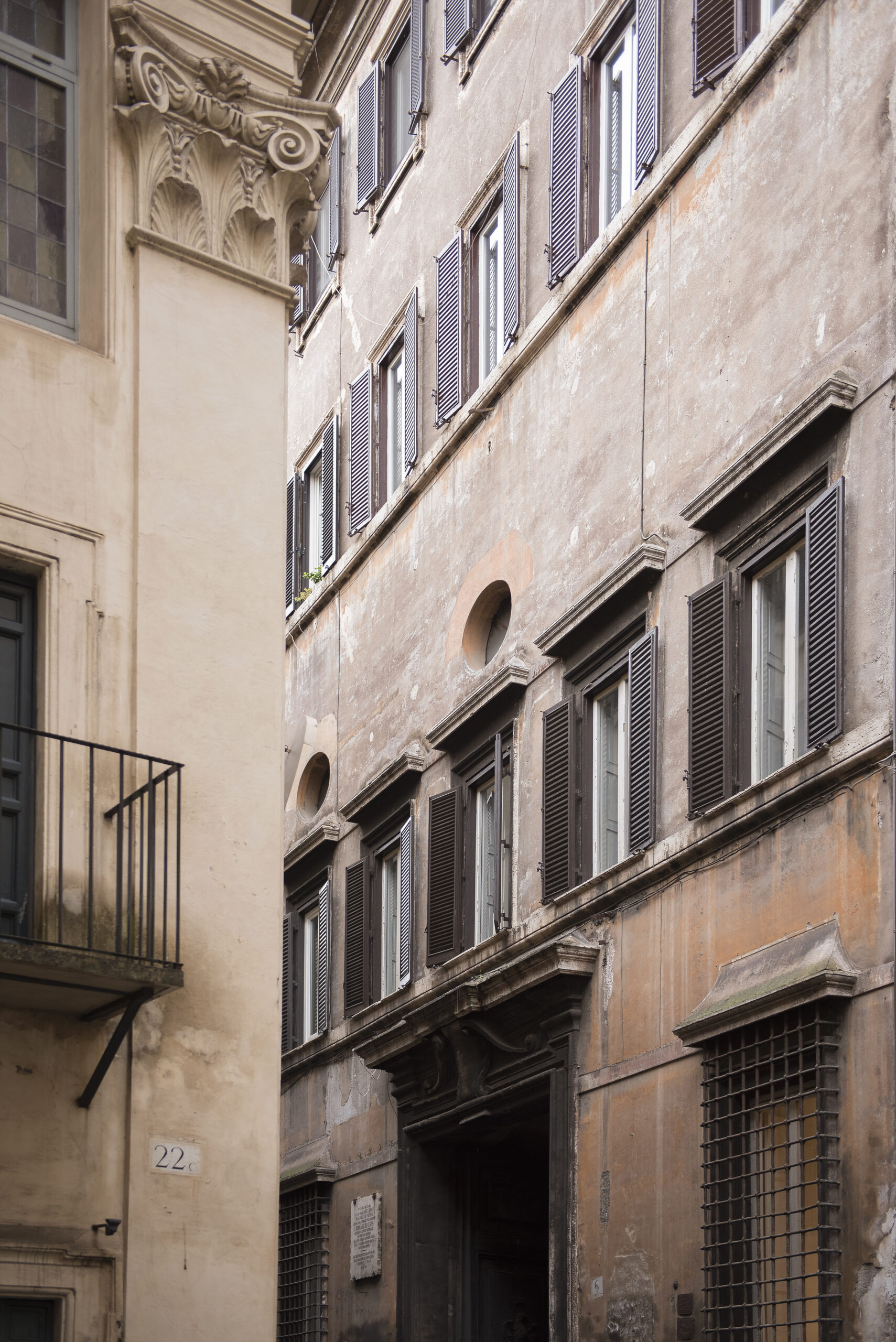
Palazzo Cavallerini Lazzaroni from Via dei Barbieri.
“COVID is a bit like a world war, right?” Guidi poses. “And when wars happen, as has happened in the past, there have always been great avant-garde movements that have redefined expressive boundaries. The art system needs to reenter into dialogue with other art, to create a communication between things.” In esssence, the gallery must return to a collective role.
Guidi waxes poetic on art, contemporary art, the market, and while he is vehemently opposed to any form of labelling, he may well be best defined as curator of contemporary thought.
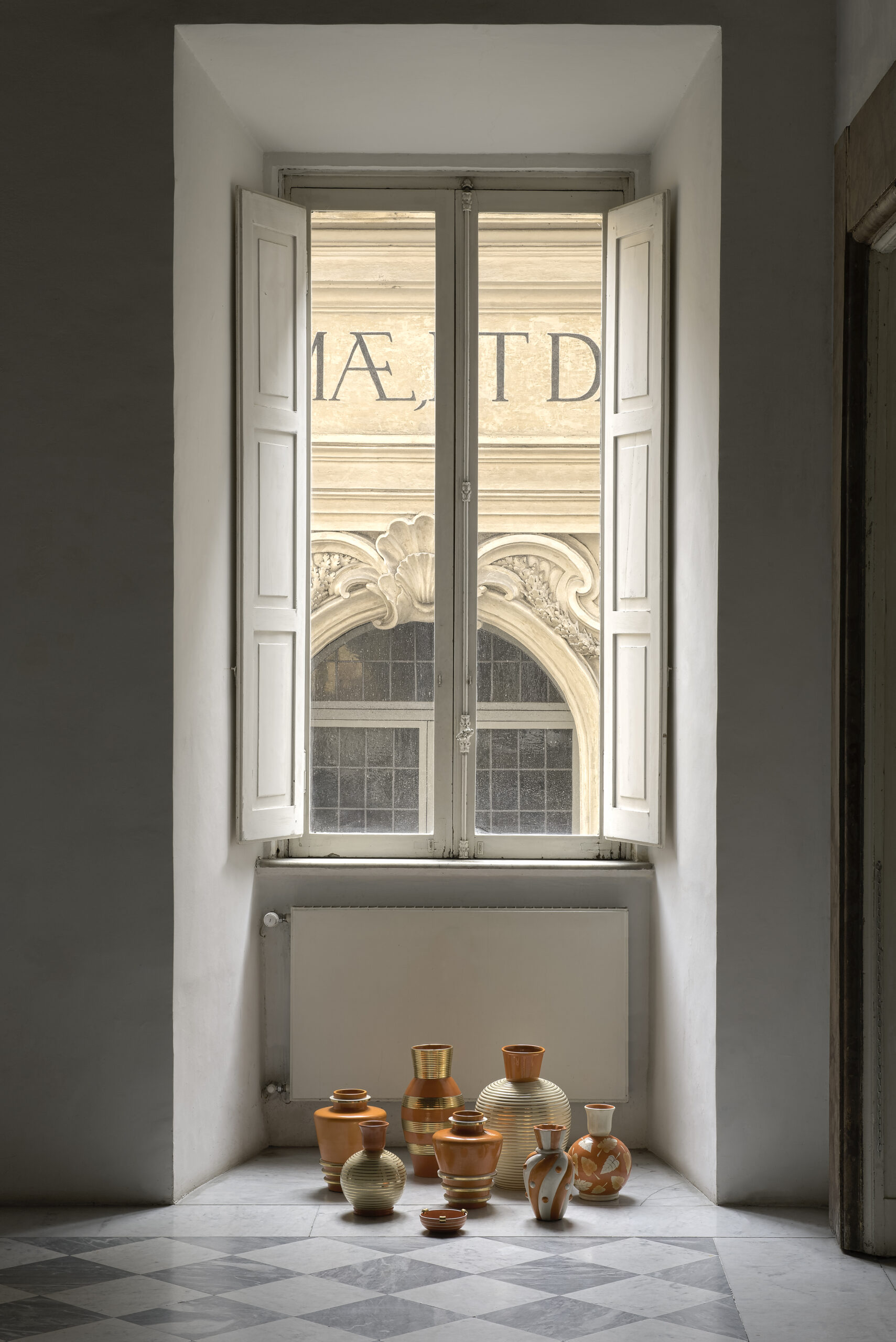
Orange vases collection Umbertide by Ceramiche Rometti 40s and 50s, on the background view of the Church Gesù Nazareno all’Argentina on Via dei Barbieri
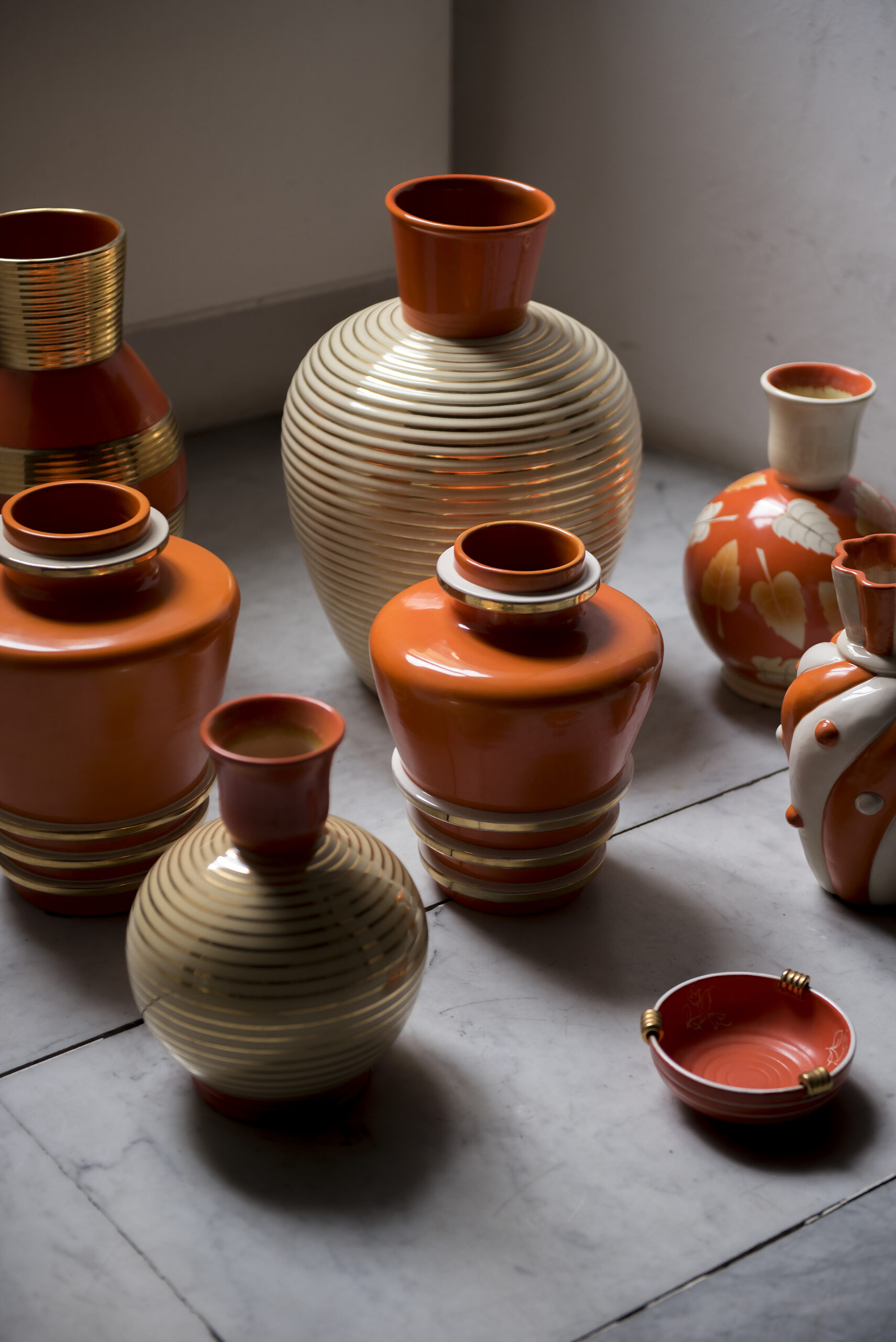
Orange vases collection Umbertide by Ceramiche Rometti 40s and 50s
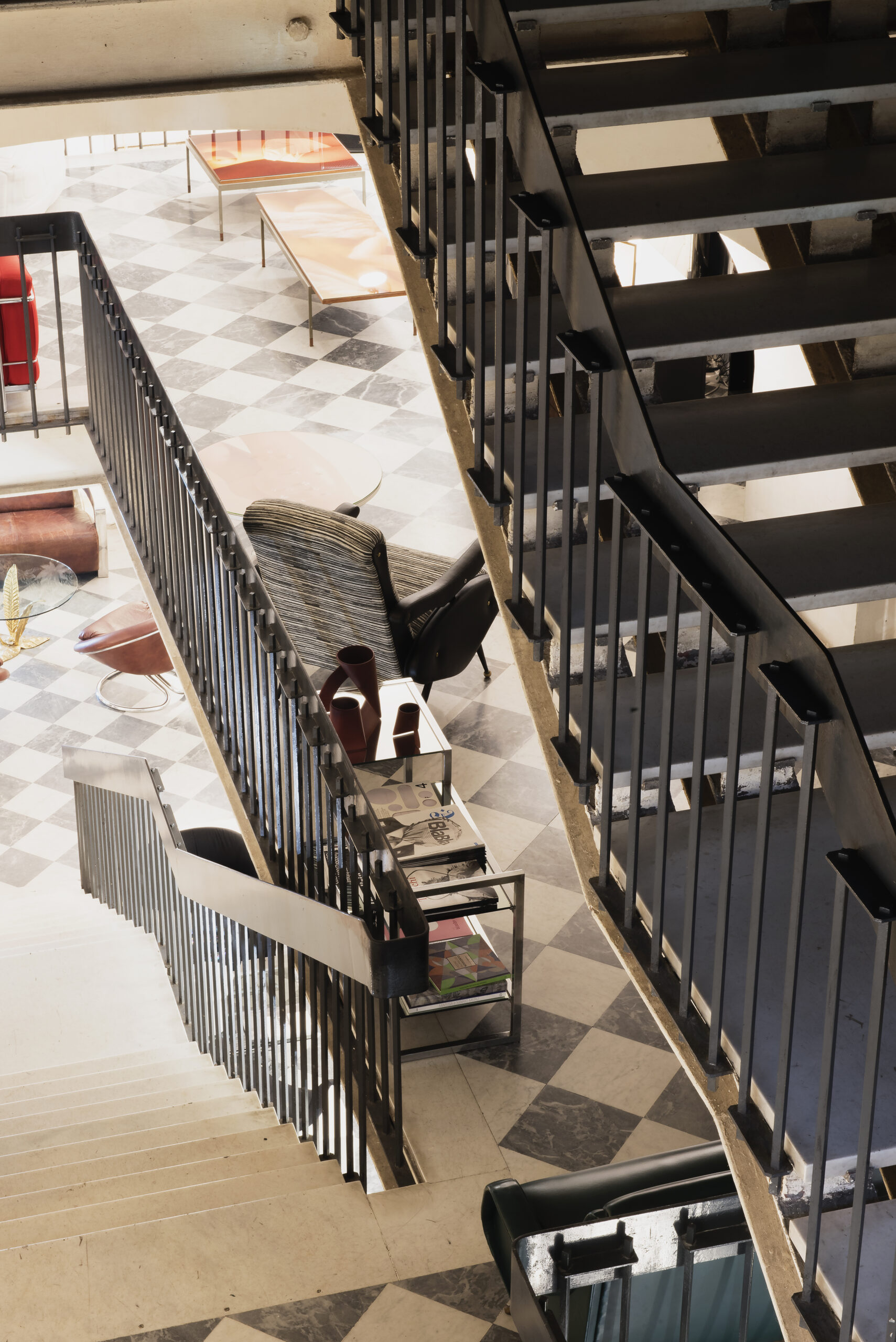
The mezzanine floor and the staircase designed by Mario Fiorentino.
Photos by Paolo Abate.

